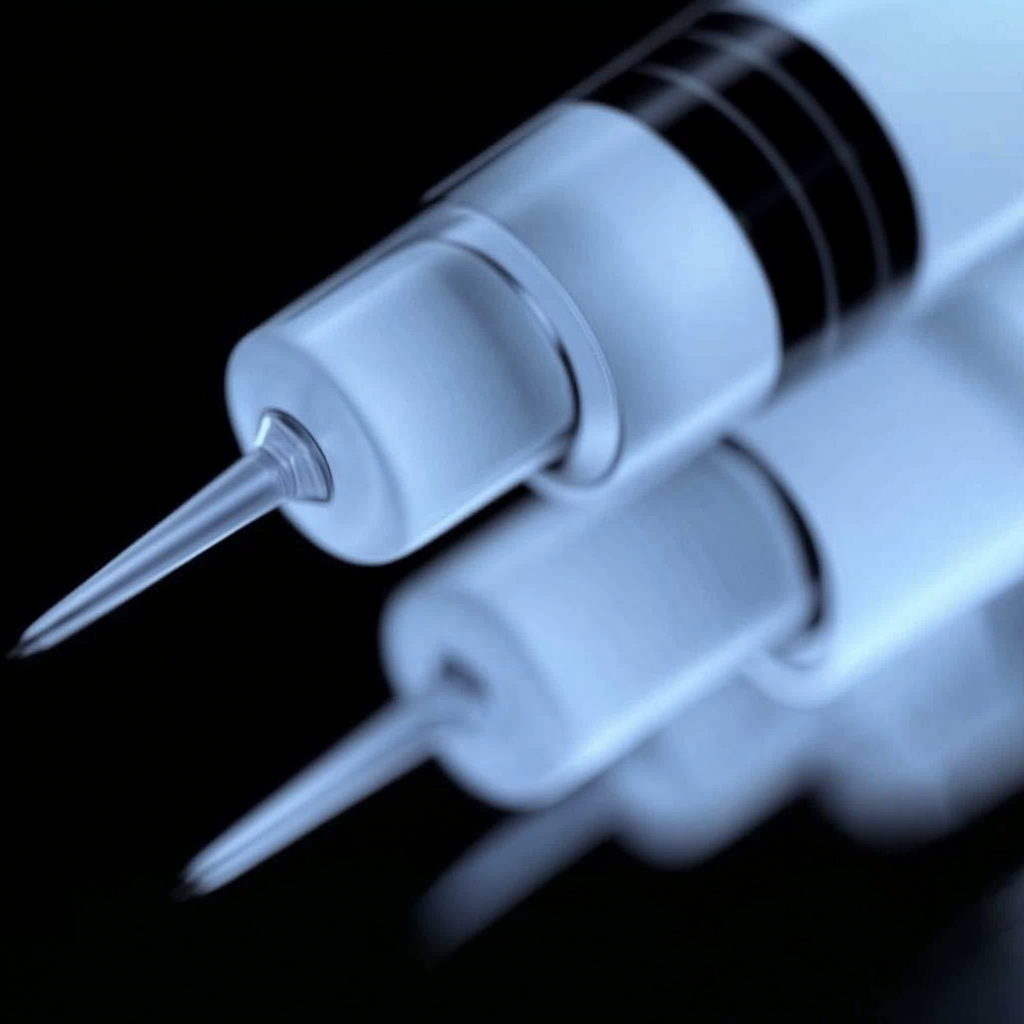Eur J Pediatr. 2025 Jun 17;184(7):424. doi: 10.1007/s00431-025-06254-x.
ABSTRACT
The purpose of this study is to evaluate the safety and efficacy of a non-permanent orthodontic oral appliance intermittently worn in reducing the signs and symptoms of pediatric obstructive sleep apnea (OSA). A non-randomized interventional pre-post study was conducted in 2018-2021 with up to 24-month follow-up at five US and Canadian sites. Participants were 55 enrolled OSA-diagnosed children, fit with a customized device worn in the evening and while sleeping to provide slow maxillary expansion. Participants were assessed for treatment efficacy by three co-primary endpoints, the Pediatric Sleep Questionnaire (PSQ), apnea-hypopnea index (AHI), and intermolar width; and two secondary endpoints, the PSQ Sleep-Related Breathing Disorders (SRBD) subscale scores and airway volume by cone-beam computed tomography (CBCT) scans. Forty-seven participants were included in the analytic dataset following trial completion after 12-24 months. PSQ symptom scores decreased 31.0% with a posttreatment-pretreatment difference score mean±SE and 95% CI of -0.13 ± 0.019 [-0.17, -0.09]; AHI decreased 29.3% (-3.47±1.015 [-5.52, -1.42]). All participants showed an intermolar width increase, averaging 13.0% (4.03 ± 0.421 [3.18, 4.88]). PSQ SRBD subscale scores decreased 57.8% (-0.178 ± 0.031 [-0.24, -0.12]). Airway volume by CBCT scans increased 67.8% (4053.78 ± 885.433 mm3 [2265.62, 5841.95]). There were no safety concerns.
CONCLUSION: Participants showed objective and subjective OSA improvement, and all demonstrated maxillary expansion. Seventy-nine percent of participants showed AHI improvement, with 61.7% improving by 50% or more, and 17% resolved their OSA. Seventy-seven percent with moderate or severe OSA improved by 50%, while 93% with severe OSA achieved this milestone. This is the first study demonstrating that slow maxillary expansion by this device is safe and efficacious in treating children with OSA.
TRIAL REGISTRATION: ClinicalTrials.gov ID NCT05661747 ( https://clinicaltrials.gov/ct2/show/NCT05661747 ) Registered: December 14, 2022, retrospectively registered.
WHAT IS KNOWN: • Adenotonsillectomy is the primary treatment for pediatric obstructive sleep apnea (OSA) but is invasive and has proximal and long-term risks. Secondary treatments include rapid maxillary expansion that has numerous adverse effects due to its 24/7 use and treatment speed, and positive airway pressure that is limited by patient intolerance and nonadherence.
WHAT IS NEW: • This oral appliance is the first one FDA cleared for OSA treatment in children, and this study showed that slow maxillary expansion by this device was safe and efficacious for treating pediatric OSA. It is also the only pediatric non-permanent orthodontic device that is removable and intermittently worn to treat OSA.
PMID:40526156 | DOI:10.1007/s00431-025-06254-x
